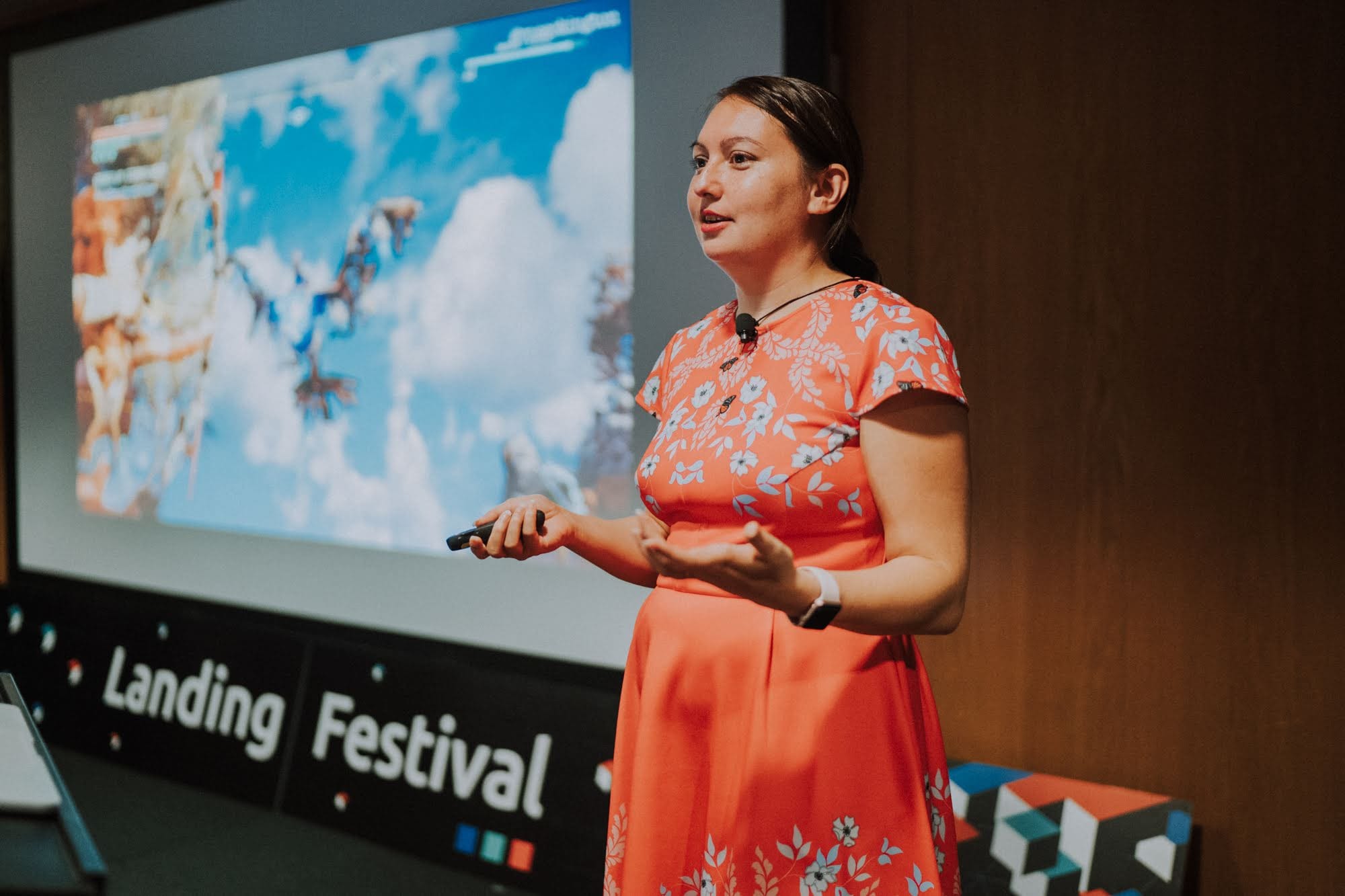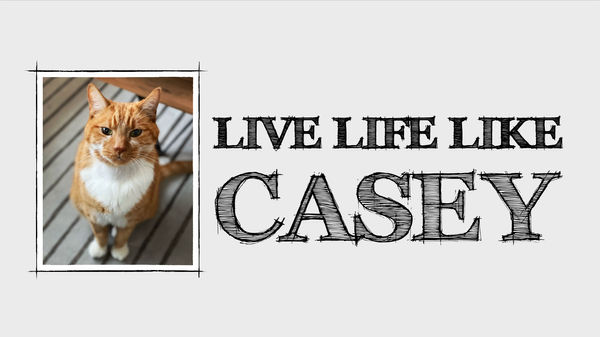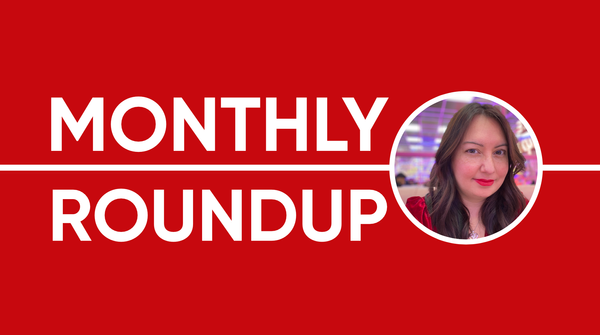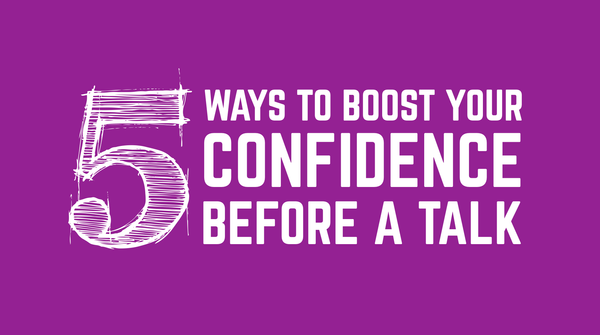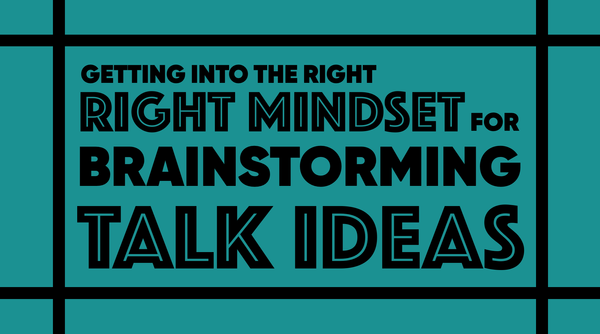The Art of Story Design: Understanding Story Structures
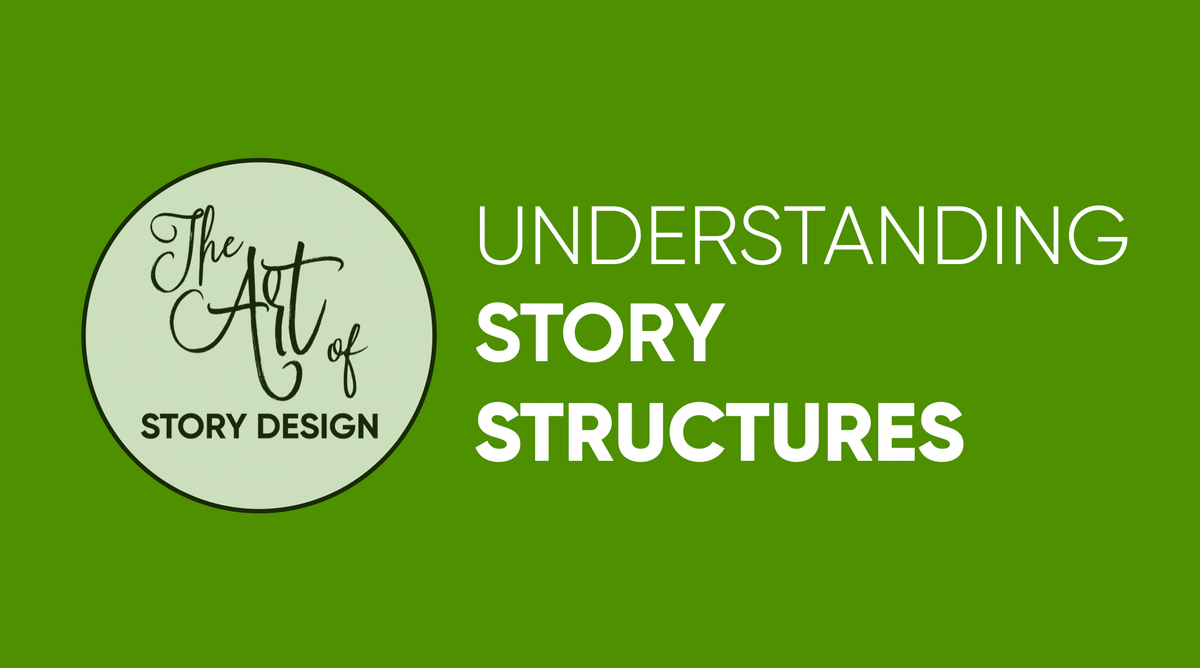
Once upon a time, there was a little girl called Melinda.
Melinda was a very shy girl and if there was one thing she thoroughly disliked it was telling stories to other people. Now Melinda’s school though had this activity every Monday morning, where all the kids would sit in a circle and one by one they’d have to share something about their weekend. Melinda always dreaded these Monday mornings: she’d always get incredibly nervous, stumble over her words and make a complete mess of describing how her weekend went.
Years went by and although Melinda still hated telling stories, she adored hearing, watching and experiencing stories: she loved reading books, watching movies and playing games. No matter the format, if there was a story within it, Melinda would bask in the storytelling and savour the tales that were spun before her.
Then one day she had to tell a story again herself: she was terrified and nervous and scared. But she didn’t have to worry. She soon realised that all her reading, all her watching, all her gaming, had made her absorb the art of storytelling: she knew how to tell a story now! She had seen so many examples of good storytelling herself, she knew what she had to do and she was able to spin her own tale and delight a room full of avid listeners.

No matter where you look, stories are all around us. It’s easy to think about the movies we watch, the books we read, and the games we play, but stories go beyond those obvious things. Stories are what we use to tell our friends and family how our day has been. Stories are used to reminisce about favourite holidays and events. Stories are used to explain what we did during the weekend.
Not every conversation or piece of text will be a story, but a lot of our daily communications have some storytelling aspect to them. Stories are how humans convey concepts, ideas, memories and emotions to one another. So learning how to do so in a way that is memorable, relatable and impactful is super valuable.
How do you design the stories in your talks in such a way that it has the best impact they could have? How do you structure your talk so that the audience gets the most out of it? How do you get the narrative right?
This Art of Story Design series will be looking at how to design effective stories, understand different storytelling techniques and learn about common patterns and frameworks.
In this post to kick things off, I'll look at several story structures from fictional storytelling that we can consider when designing conference talks. Not all story structures are equally as useful, so this post is about exploring which terminology and framing to choose.
While the focus of this post is primarily on applying story structures to conference talks, it's important to note that any form of communication can benefit from understanding narrative in this way. Whether it's composing blog posts, crafting emails, or improving internal comms, a deeper understanding of storytelling can vastly improve the effectiveness of our message delivery across various mediums.
I want to make clear I’m not going to be talking about the one true way of telling stories. This is about highlighting some of the techniques and framing that I've found useful when designing my talks. I'm hoping that people who struggle with storytelling will have a better understanding of applying structure to their talks.
I won't be going into too much detail here yet on how to apply this to technical talks. I'm staying fairly high-level in terms of story structure theory. In future posts, I'll share more common patterns for technical talks, helping you structure your talks quickly and easily, and explore different storytelling techniques.
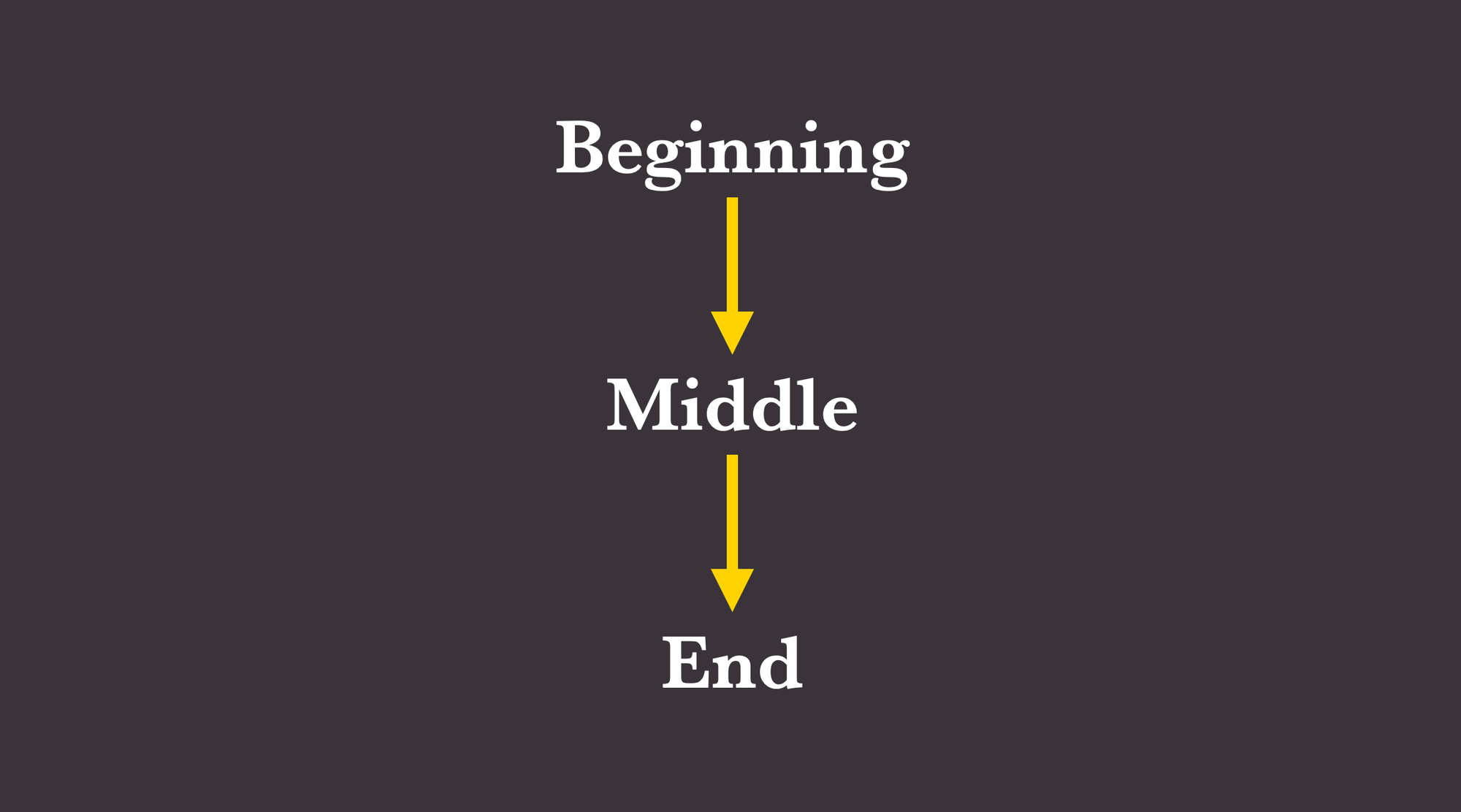
Beginning, Middle and End
Often when folks talk about story structure, they start with Beginning, Middle and End, cause it’s an easy way to talk about stories. Every story needs to begin somewhere, have a middle section and then end somewhere. All stories will have all three elements: you can't have a complete story, without a beginning, middle or end.
So in a way, it’s too simple. There’s nothing about Beginning, Middle, End that gives you any real information on what impact a story will have. There's nothing that helps us with structuring our story in an impactful or memorable way.
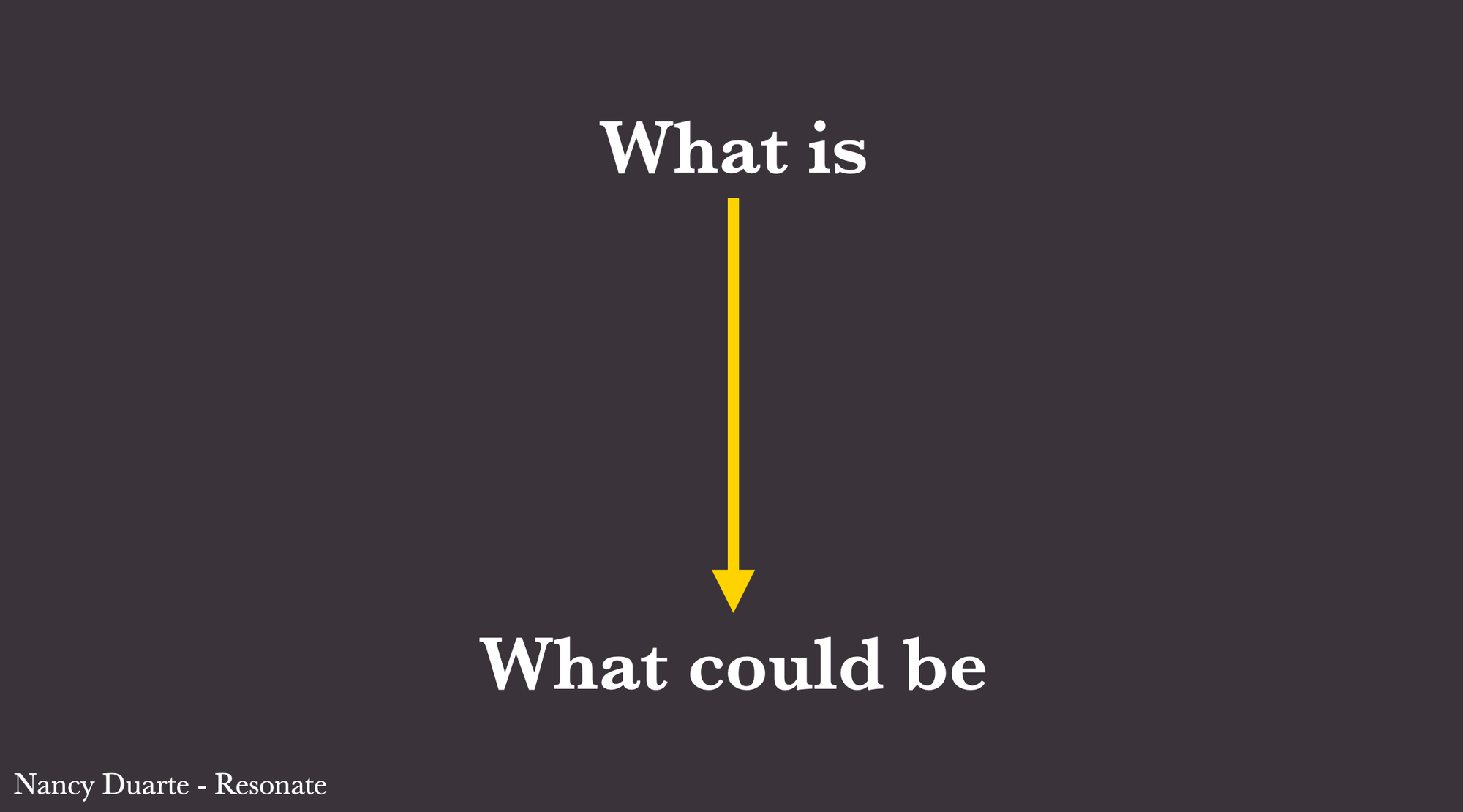
"What is" to "What could be"
A more useful way of looking at your story structure is this model from Nancy Duarte’s book Resonate. Your audience at the start of the talk will be in the “What is” phase and by the end of it you want them in the “What could be” phase.
So consider where your audience are coming from at the start of your talk, and then decide where do you want them to end up? For instance, maybe you're giving a talk about a new product you're launching: at the start of the talk, your audience isn't aware of the product and they don't know why it might be useful to them. By the end of your talk, you want them to know what the product does, convince them they it's useful and get them signed up!
It’s all about understanding what goal and what impact your talk should have.
While it still doesn’t tell us anything about the structure of the narrative itself, you need to understand this to know what story it is you want to tell. You need to understand your destination before planning out the route that you’re taking there.
Once you know where you want your audience to be, how do you get there?
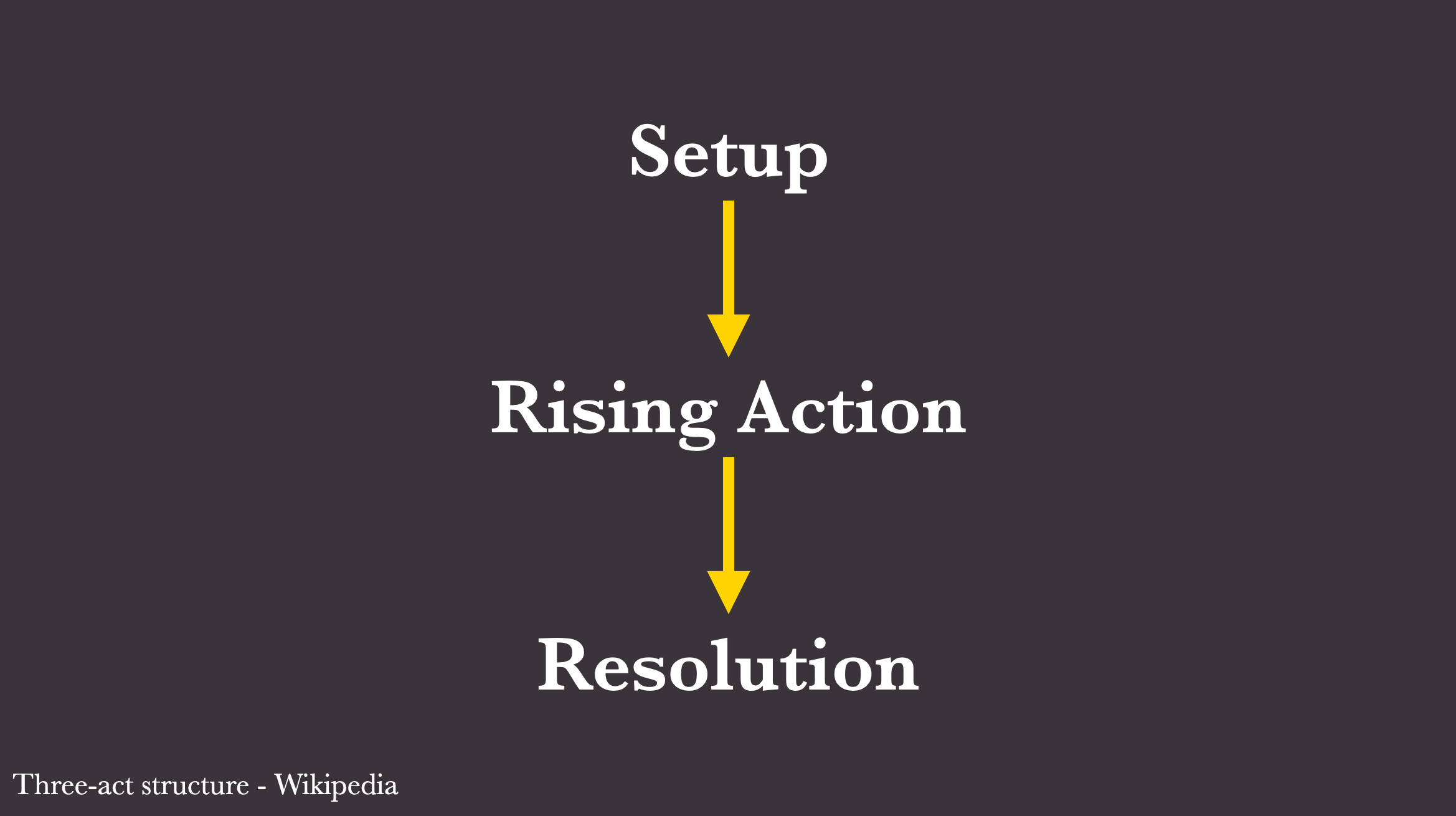
Three-act structure
The most common model for structuring stories is the Three-act structure. This echoes the beginning, middle and end format, but is a more useful way of framing the story.
Setup: This is where you establish the main characters, what their backgrounds are, and where you set the scene.
Rising Action: This is where the main characters deal with conflicts and obstacles that are stopping them from what they want.
And finally Resolution: This is where you find out how the main characters end up.
This structure is great for certain types of conference talks: where you're describing a scenario or a problem, and you're guiding your audience through your solution. Say, you're doing a talk about how you started your company - the three-act structure is a great way to structure your story in a way that your audience will understand.
For many conference talks though, the above framing can be hard to apply, since it is focused on fictional or anecdotal stories. There are a lot of other types of talks you may want to give, where it's not super intuitive to understand who your main characters are and what the conflicts and obstacles are that they need to deal with. These story structures are supposed to help us with our story flow, not make it harder!
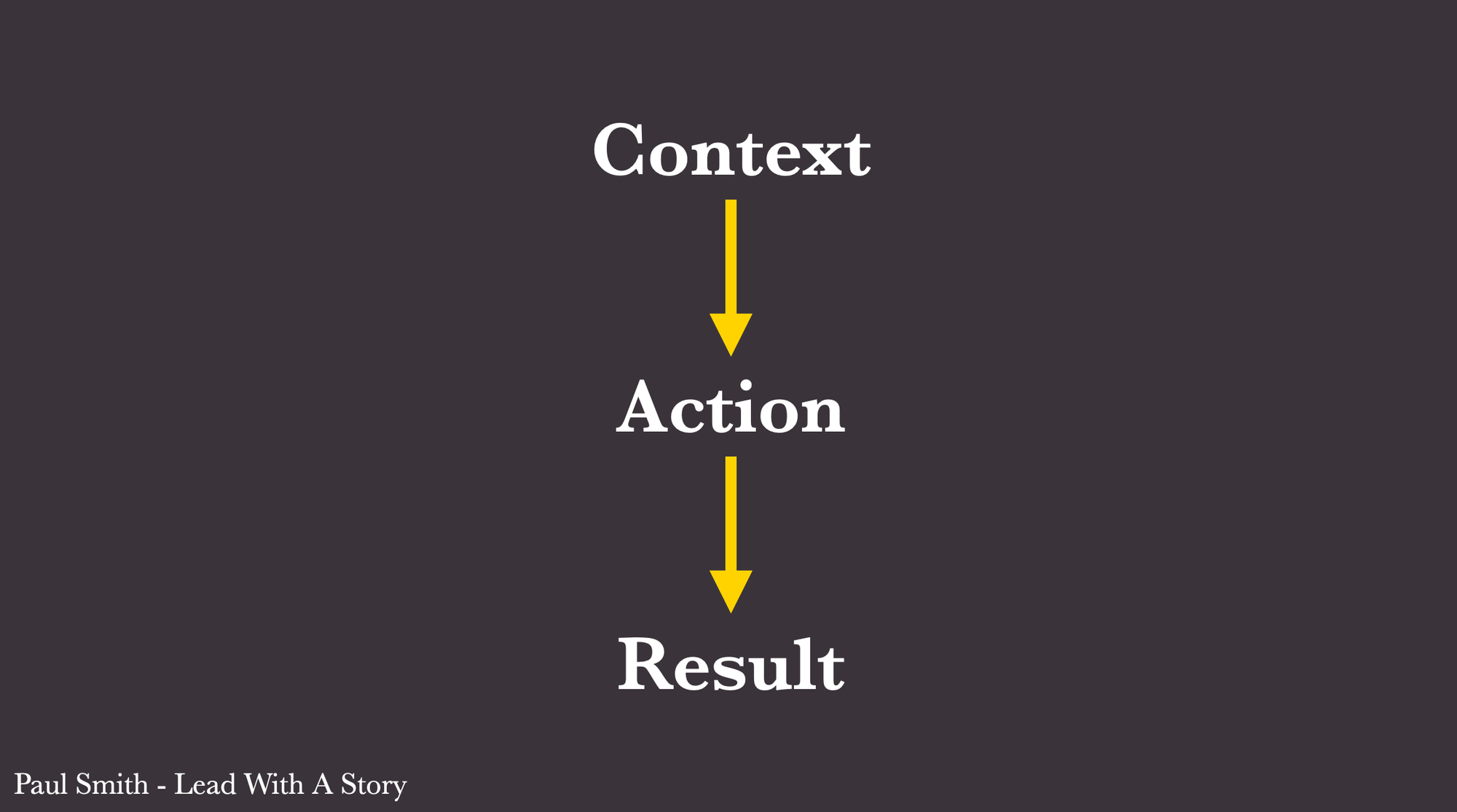
Context, Action, Result
For me, Context, Action, Result is one of the most useful way of framing stories. I first heard of this structure in a book by Paul Smith called Lead With A Story, which is all about how we can use storytelling from a leadership point of view.
The way Smith describes it in his book, it’s similar to Setup, Rising Action and Resolution. Context is again about introducing the main character, setting the scene and giving their background. Action is about the action that happens to the main character. And Result is about how the story ends.
Even though it’s just different words, this framing resonates with me more for designing my conference talks. Mostly cause it was already familiar to me since it's the same structure that is used for interview prep. It’s a pattern that is recommended when you're answering interview questions: set the context, explain what actions you’ve taken and talk about the result.
You can apply the same pattern to story structure in talks.
Context: This is all about setting the scene of your talk. You want to give your audience the right background and the right context for the story, giving enough information for the audience to understand the rest of the talk.
Action: This is all about the exciting middle bit where things happen, and you don’t want the audience to get bored.
Result: And result is about what you are trying to achieve with the audience. It’s about sharing the key takeaways and giving your audience a call to action.
What I like about framing it this way is that they are very specific and tangible parts. You know what impact each of them are trying to have.
Next to that, even though these elements are shown sequentially to each other, in reality, this doesn’t need to happen that way. A good storyteller can play around with the order of these. Think of a movie, where things are being told with flashbacks, you’re building up the context as you go along. It’s a bit trickier with talks, but you can play around with it, as long as you are aware that that’s what you’re doing and you make sure all three elements are at least somewhere in your talk. Talks that are confusing or unbalanced are often missing one of these three elements.
Next
In the end, despite the variety of these storytelling structures, they all essentially convey the same idea: they offer methods for organizing our thoughts and communicating them in a structured, cohesive manner.
Selecting a story structure serves as a starting point, offering an initial framework for plotting our talk's narrative. However, beyond this, there exist more intricate and comprehensive storytelling techniques and patterns to help us plot out our talks with greater precision. In future posts, we'll delve deeper into exploring these.
By recognizing the common thread that runs through these storytelling structures, we gain a deeper appreciation for the power of narrative in shaping understanding and fostering connection. Whether we're crafting a conference talk, writing a blog post, or delivering a sales pitch, the ability to convey information in a compelling and coherent way is essential.
So, as we continue to explore storytelling techniques in this Art of Story Design series, remember that at its core, storytelling is about sharing our experiences, insights, and ideas in a way that resonates with others. Embracing this can empower us to effectively use storytelling to inform, inspire, and engage our audience.
